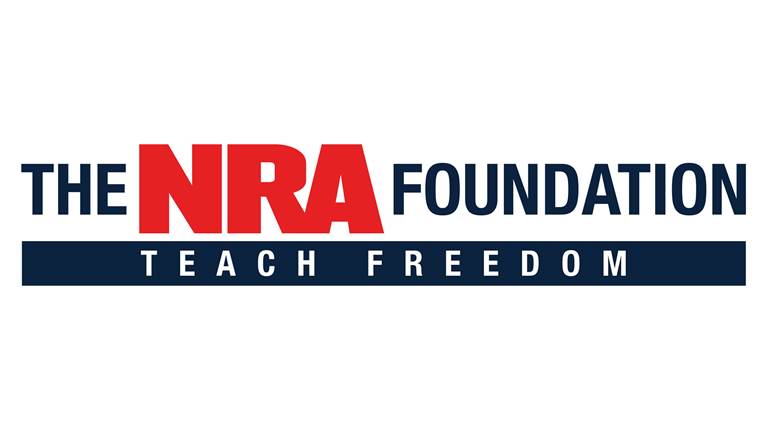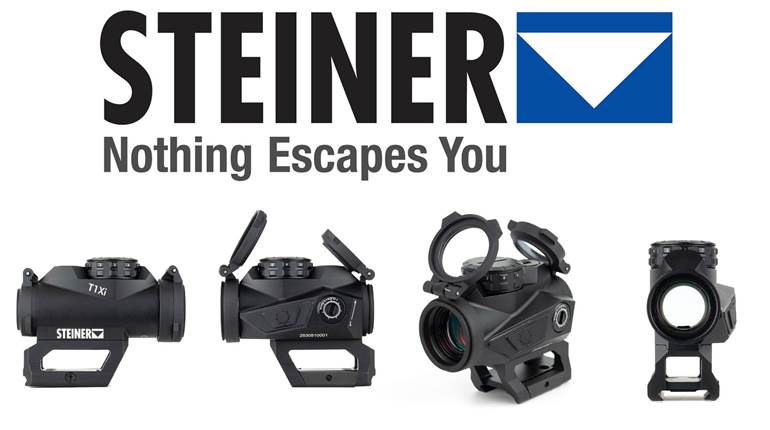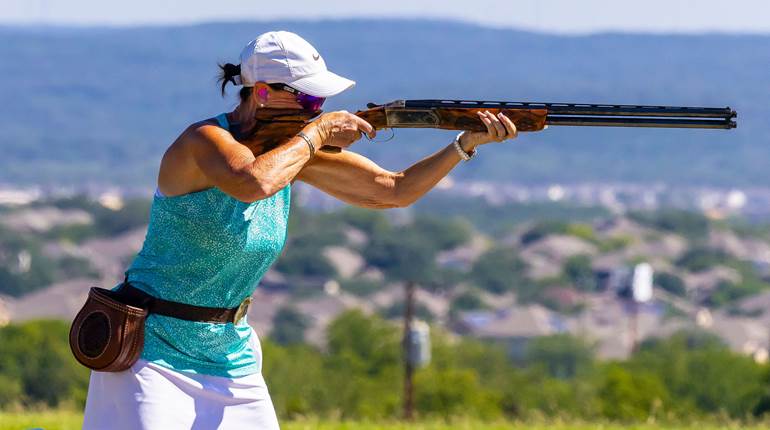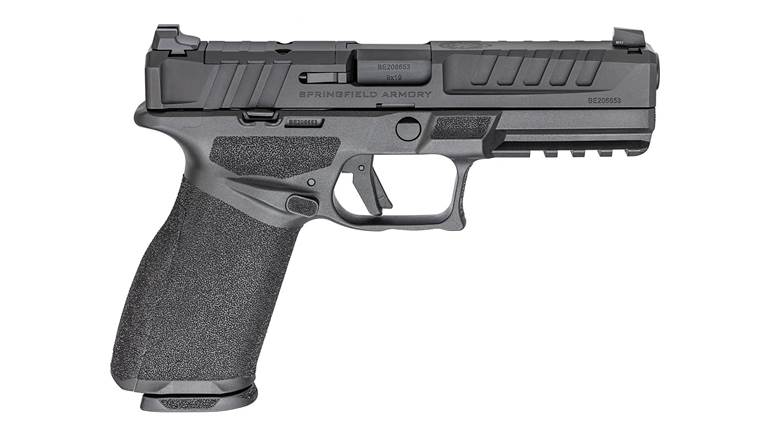
Blame those annoying surveys and questions you suffer while web surfing or by phone, text and e-mail on Daniel Starch, who 100 years ago dispatched teams to ask passersby on the street if they remembered an ad or were familiar with a product. The information he gathered proved to be a powerful business tool that built corporate empires. It still is today and shapes your gun- and gear-shopping experience.
With the increased economic impact of the firearm industry—estimated by the National Shooting Sports Foundation (NSSF) to have been $70.52 billion in 2021—data mining now routinely takes place at sporting goods stores, FFLs and elsewhere. It’s not personal information collected, though. Sales trends, by volume and brand, often drilled down to regional popularity, are the target. With the newfound financial prowess, more organizations than ever are collating and providing the information to firms, at a price or as a value-added membership service.
Web and Wholesaler Info
GunBroker.com announced last week it was launching a data-analytics suite, making it the latest to join the list of firms offering detailed information. The press release explains sellers on its website will have, “ . . . access to data analytics that will better ensure buyers are able to shop for and purchase guns, ammunition and outdoor sports products they are interested in based upon regional and national sales data and trends.” The value-added service is scheduled to begin Jan. 1.
In early 2022, the National Association of Sporting Goods Wholesalers (NASGW) introduced a SCOPE system and reports on the data gathered. “NASGW has been compiling data for the last few years, and reporting is something we’ve wanted to provide for a long time,” said Kenyon Gleason, NASGW President. “With the addition of some key new team members, we are excited to provide a standard to measure trends in our industry.”
Retail Info
The challenge is different for brick-and-mortar retailers, whose shelf and storage space are assets growing more valuable by the day. What they display, or make available by request from the back room, needs to sell—not languish for months or years—to keep the doors open and employees paid. The wrong stock can alienate even loyal customers and silence cash registers.
That struggle is unseen by the average enthusiast, although there’s no denying the impact. Big-box stores with lots of floor space and budget can afford to dabble in a little bit of everything. Mail-order and website firms often keep their inventory low by arranging drop-shipment agreements with manufacturers. Local and regional merchants, on the other hand, need to either maintain a razor-sharp focus on what is in demand or specialize in a particular segment of the gun industry.
Southwick Associates has been providing the detailed information to help them stay abreast of firearm and hunting gear purchasing trends since 1990. It sells detailed reports, but the company often works in concert with the NSSF, the firearm industry trade association founded in 1979, to make some of the information available for free through the collaborative effort. Detailed reports are also available free to paid members of NSSF.
Small Arms Analytics & Forecasting is another option. It has been around for several years, and compiles sales figures and works the information against its retail surveys to provide purchasing trends and more. Retailers can also purchase those reports.
Impact
Odds are good there are many other firms mining data from the firearm industry, but the addition of two well-known entities this year alone speaks volumes. The information generated with purchases is a valuable commodity, and the average enthusiast feels the impact.
Best-selling guns in your area are likely prominent on your favorite FFL’s shelves. The one you were interested in a year or two ago may no longer be in inventory, due to analytic-driven distribution. Accessory products and ammunition follow suit: If you’re eager to use that heirloom Enfield on opening day of hunting season, and waited until the day before, the search for suitable .303 British cartridges will likely be a long and frustrating one. Admittedly, the .30-cal. cartridge hasn’t been a popular choice for decades, so locating a box today almost always requires patience and a mail-order purchase.
The marketplace is a competitive one with slim margins. That makes it understandable when companies subscribe to information services, but data mining is changing the firearm retail landscape—faster than ever. Considering the sport’s deeply traditional roots, it’s hard to argue against those who claim mining is not necessarily an improvement.





































